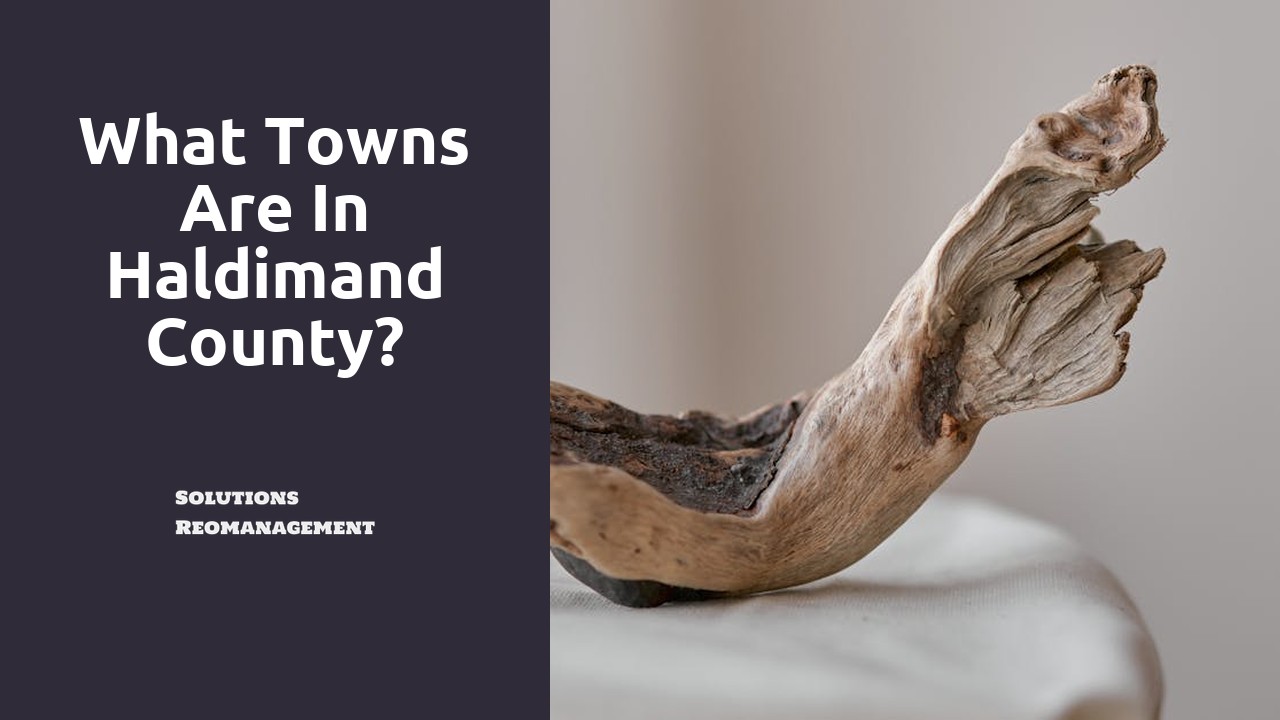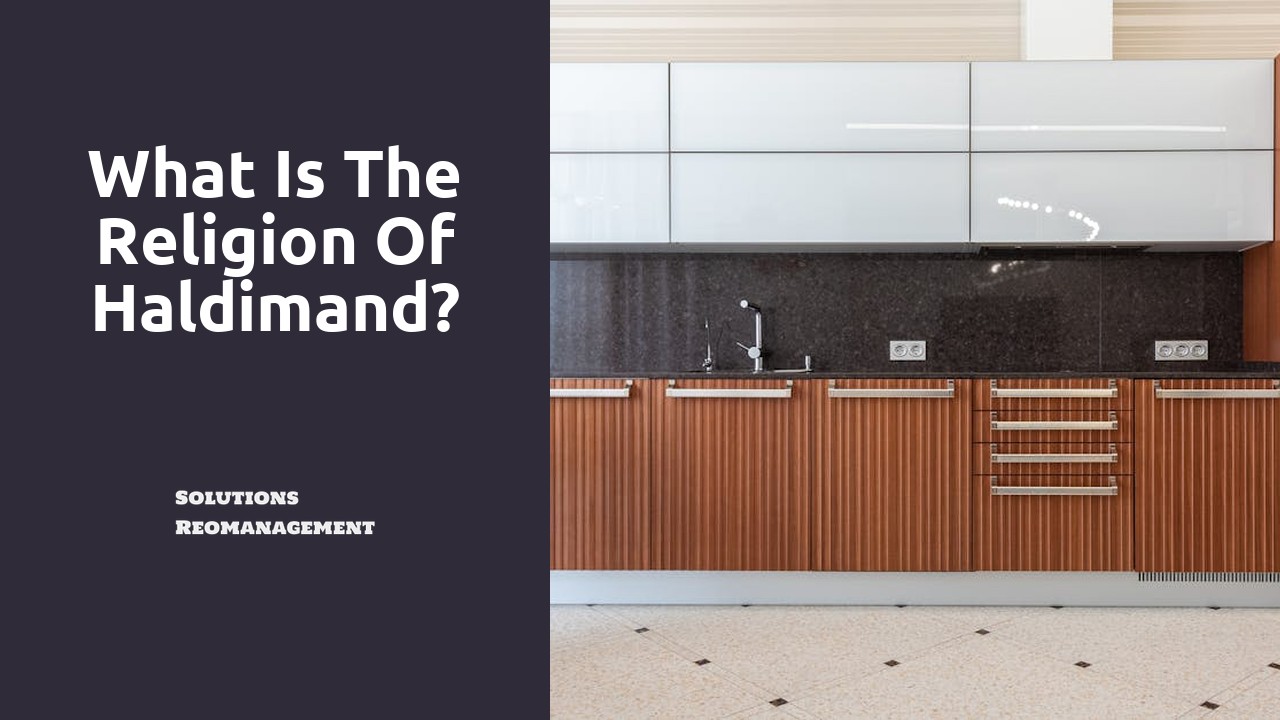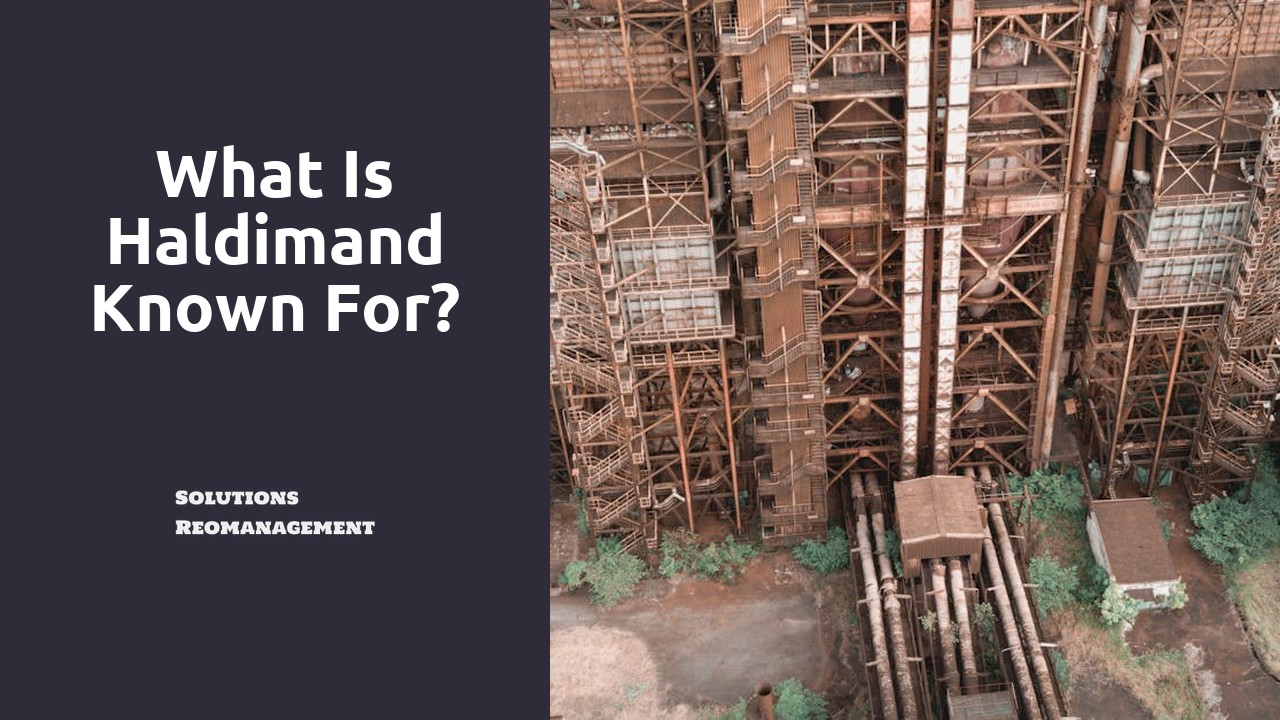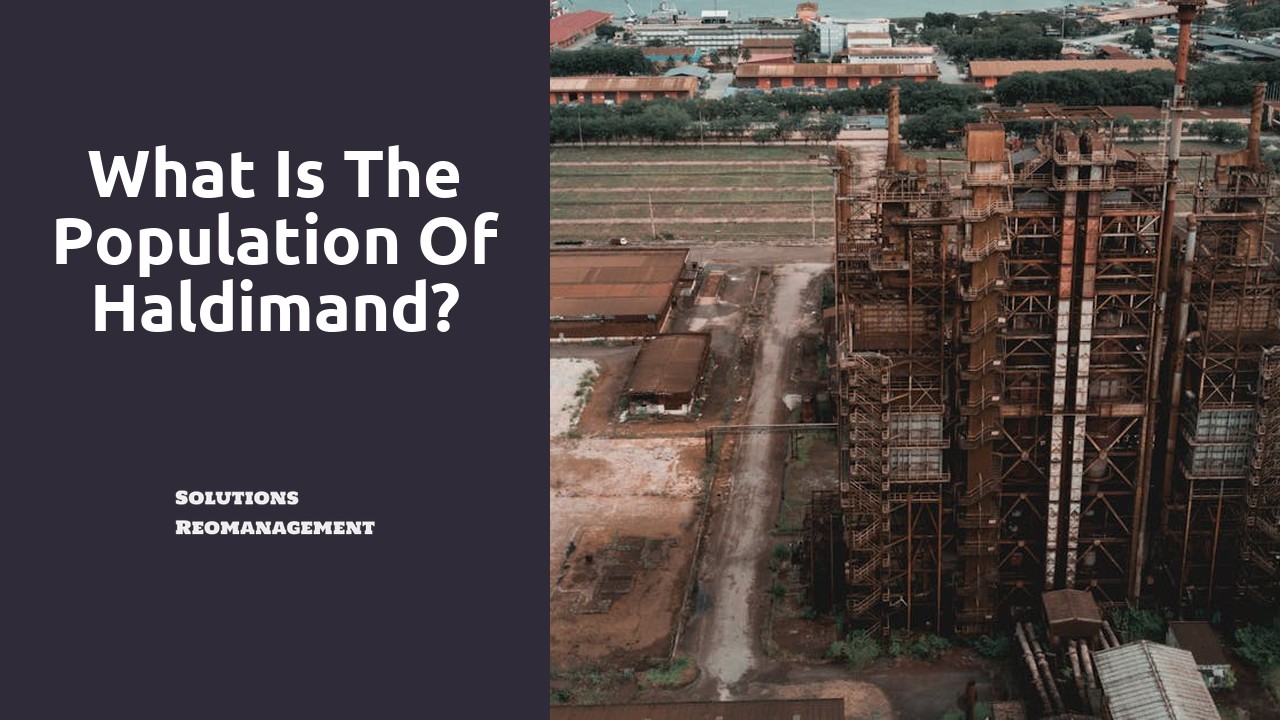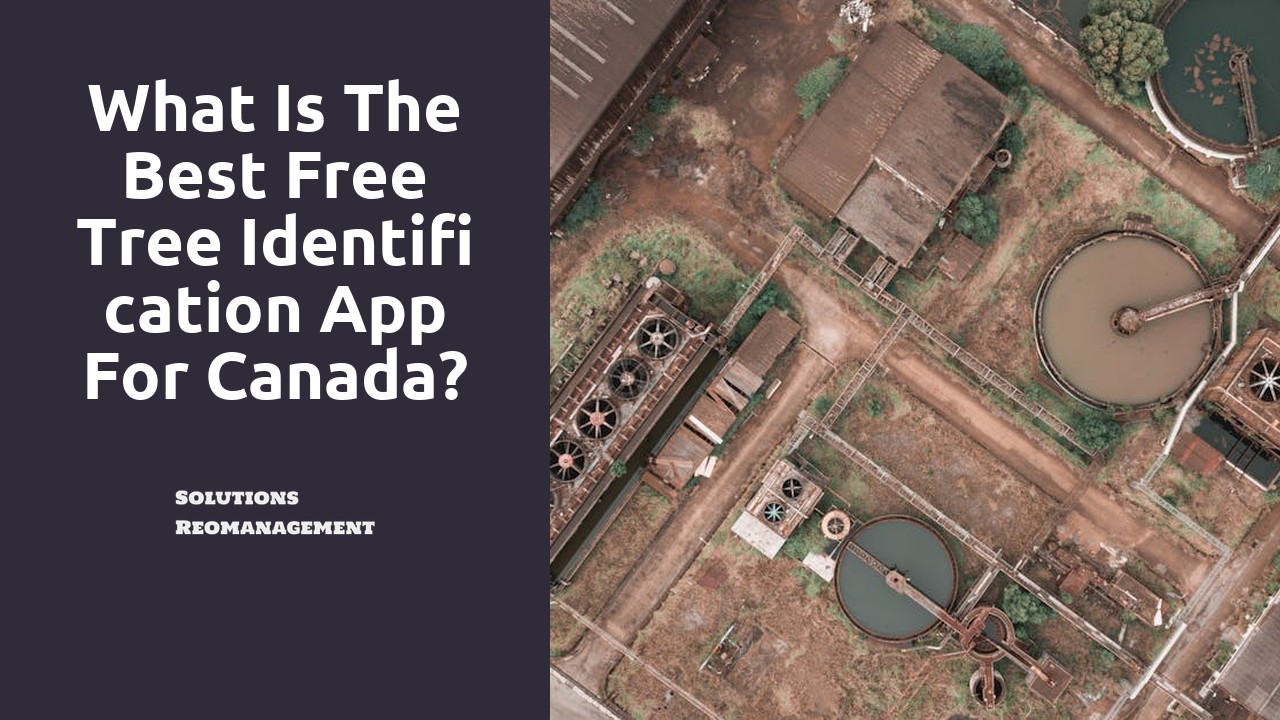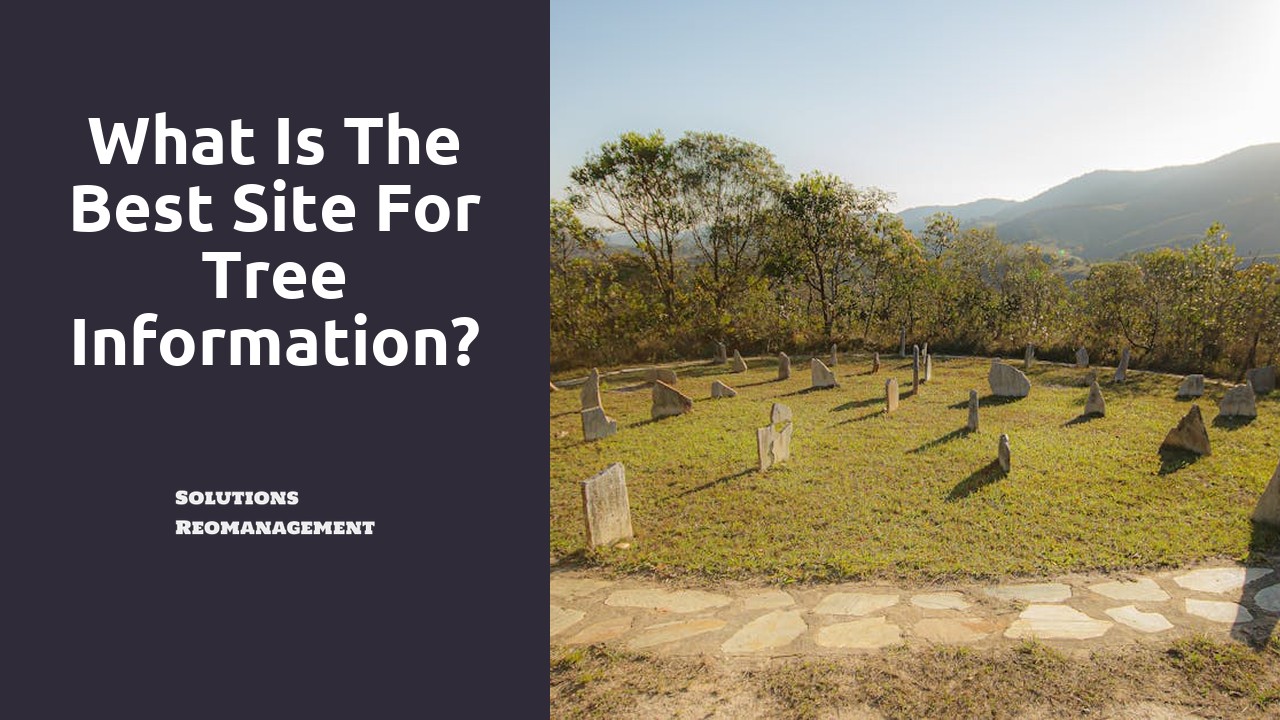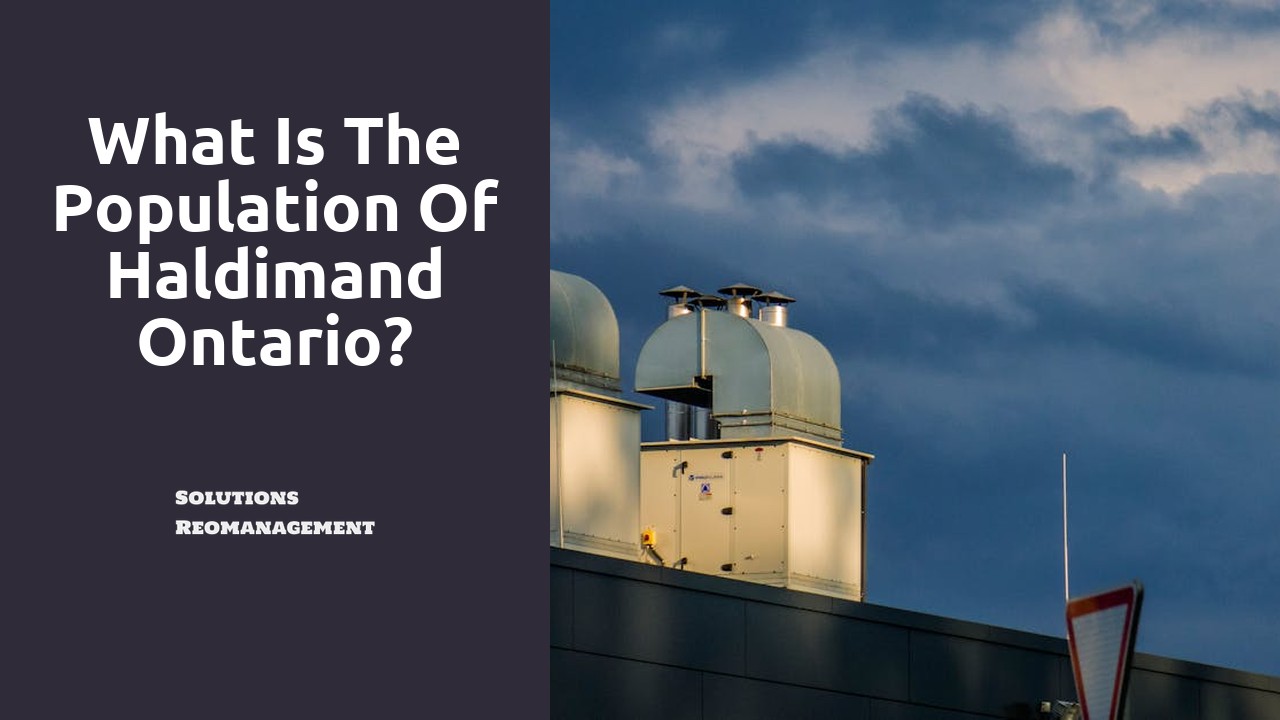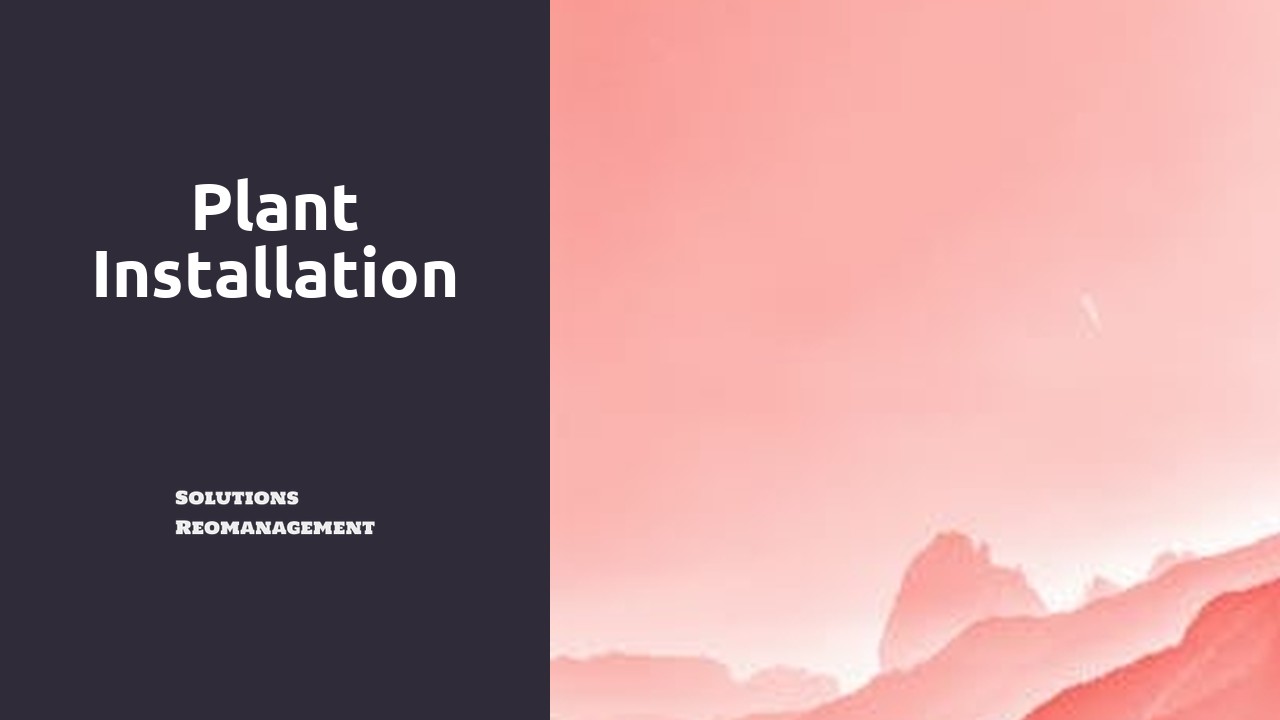
Plant Installation
Table Of Contents
Solutions Reomanagement offers top-notch plant installation services to businesses looking to enhance their indoor spaces with greenery. Our team of experienced professionals specializes in creating custom designs that suit the unique needs of each client, from small desktop arrangements to large-scale vertical gardens. We source high-quality plants and ensure they are installed correctly to thrive in their new environment. With our attention to detail and dedication to client satisfaction, Solutions Reomanagement is the go-to choice for plant installation in Canada.
Enhancing Your Space with Plants
Plants are a fantastic way to bring life and vibrancy into your space. Whether you have a small apartment or a spacious backyard, adding plants can instantly enhance the overall atmosphere. Greenery not only adds visual interest but also purifies the air, creating a healthier environment for you and your loved ones.
Incorporating a variety of plants with different shapes, sizes, and textures can add depth and character to your space. Consider mixing plants with varying heights to create visual interest and balance. Additionally, don't be afraid to experiment with different planters and containers to add a touch of personality to your plant display. By strategically placing plants around your space, you can create a tranquil and inviting atmosphere that you'll love coming home to.
Decorating with Planters and Containers
When it comes to decorating with planters and containers, there are endless possibilities to enhance the visual appeal of your space. Choosing the right planters and containers that complement your decor can truly elevate the overall look and feel of a room. Whether you opt for sleek and modern planters or quirky and colourful containers, you can easily add a touch of greenery to brighten up any room.
Consider mixing and matching different sizes and shapes of planters to create visual interest and dimension. Grouping together a variety of plants in contrasting containers can create a dynamic and eye-catching display. Don't be afraid to experiment with placing your planters in different locations around your space to find the perfect arrangement that brings life and vibrancy to your surroundings.
Sustainable Plant Installation Practices
When it comes to sustainable plant installation practices, there are several key factors to consider to ensure the health and longevity of your plants. Firstly, choosing native and drought-resistant plants is essential as they are well-adapted to the local climate and require less water and maintenance. This not only helps in conserving water but also promotes biodiversity in the ecosystem.
Additionally, opting for organic fertilizers and natural pest control methods can significantly reduce the environmental impact of your plant installation. Avoiding the use of chemical-based products not only benefits the health of your plants but also contributes to a healthier overall environment. By taking these sustainable practices into account during your plant installation process, you can create a beautiful and eco-friendly green space for yourself and the community.
Using EcoFriendly Planting Methods
When it comes to plant installation, adopting eco-friendly planting methods is not only beneficial for the environment but also for the overall health of your plants. One key aspect of eco-friendly planting is utilizing organic soil and fertilizers. These natural alternatives promote better soil quality and plant growth without the use of harmful chemicals that can have detrimental effects on the ecosystem.
Another eco-friendly planting method to consider is water conservation through proper irrigation techniques. Installing a drip irrigation system or using rain barrels to collect water can significantly reduce water waste and ensure that your plants receive just the right amount of moisture they need to thrive. By incorporating these eco-friendly practices into your plant installation process, you can create a sustainable and beautiful green space that benefits both your surroundings and the planet.
Troubleshooting Common Plant Installation Issues
Now that you have successfully installed your plants, it is essential to address any common issues that may arise to ensure their optimal growth and health. One frequent problem that plant owners encounter is wilting or yellowing leaves. This can be attributed to various factors such as overwatering, underwatering, inadequate light exposure, or nutrient deficiencies. To remedy this, assess the moisture levels of the soil, adjust watering schedules accordingly, relocate the plant to a spot with suitable lighting conditions, and consider fertilizing if necessary.
Additionally, keep an eye out for pests infestation, as they can damage plants and hinder their growth. Common pests include aphids, spider mites, and mealybugs. To address this issue, inspect the plant regularly, particularly the undersides of leaves where pests tend to hide. Depending on the severity of the infestation, you can opt for natural remedies like neem oil or insecticidal soap, or seek assistance from professional pest control services. By promptly identifying and treating these common plant issues, you can ensure that your greenery thrives and enhances your space for years to come.
Addressing Wilting or Yellowing Leaves
When your plant's leaves start to wilt or turn yellow, it can be a sign of various issues that need to be addressed promptly. One common reason for wilting or yellowing leaves is overwatering. Plants need water to thrive, but too much of it can suffocate the roots and lead to wilting. Make sure to check the soil moisture level before watering your plants and allow the soil to dry out between waterings.
Another factor that can cause wilting or yellowing leaves is inadequate sunlight. Plants require a sufficient amount of light to photosynthesize and grow properly. If your plant is not receiving enough sunlight, consider moving it to a brighter location or supplementing with artificial light. Additionally, nutrient deficiencies, pests, or diseases could also be contributing to the poor health of your plant. Regularly inspect your plants for any signs of pests or diseases and provide them with the necessary nutrients to promote healthy growth.
FAQS
How can plants enhance my living or working space?
Plants can enhance your space by adding beauty, improving air quality, reducing stress, and creating a sense of tranquility and well-being.
What are some creative ways to decorate with planters and containers?
You can decorate with planters and containers by choosing a variety of shapes, sizes, and materials, arranging plants in groupings, using hanging planters, or incorporating plants into shelving or wall displays.
What are sustainable plant installation practices?
Sustainable plant installation practices involve using eco-friendly planting methods, choosing native or drought-resistant plants, conserving water, minimizing pesticide use, and promoting biodiversity.
How can I use eco-friendly planting methods in my plant installation?
You can use eco-friendly planting methods by composting, mulching, using organic fertilizers, avoiding synthetic chemicals, practicing integrated pest management, and conserving water through drip irrigation or rainwater harvesting.
How can I troubleshoot common plant installation issues such as wilting or yellowing leaves?
To address wilting or yellowing leaves, check for proper watering, sunlight, soil drainage, temperature, humidity levels, pest infestations, nutrient deficiencies, or root rot, and make adjustments accordingly.
